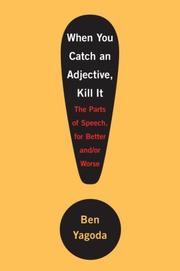Living in metal-contaminated lakewater is just another day’s work for phantom midge larvae.
In the lakes surrounding Sudbury, Ontario and Rouyn-Noranda, Quebec, over 75 years of smelter operations have left their mark by contaminating soil and water with the trace metals cadmium, nickel, copper, and zinc.
This contamination led Maikel Rosabal, Landis Hare, and Peter Campbell, all from the Institut national de la Recherche scientifique in Québec, to study how aquatic animals tolerate these contaminants. To do so, they needed a study organism that was abundant, easy to collect, and could accumulate and tolerate trace metals. The best option turned out to be larvae of the phantom midge Chaoborus.
“The lakes in the area, and their watersheds, have been contaminated by the deposition of atmospheric aerosols and particles. Metal concentrations in lake water tend to be higher in the lakes that are downwind from and close to the smelters, than in lakes that are upwind and distant from the smelter stacks,” says Dr. Peter Campbell. “The presence of Chaoborus in lakes with high metal concentrations implies that they are highly metal tolerant.”
The researchers chose a total of 12 lakes around Sudbury and Rouyn-Noranda with differing concentrations of trace metals, and collected water samples, using diffusion samplers that excluded particles, and midge larvae using a plankton net. After homogenizing the larvae, the researchers used a series of centrifugation, heating, and sodium hydroxide digestion steps to separate the subcellular components of the larvae. They then measured the amount of metal in each fraction as well as the concentrations of dissolved metals in samples of lake water. This allowed them to relate the concentrations of each trace metal in lake water to the concentrations in larvae.
They found that the majority of each metal accumulated in the cytosolic heat-stable protein fraction that they isolated from the larvae—a fraction that contains large amounts of metal-binding proteins. And while other fractions also contained small amounts of metals, it was in the heat-stable protein fraction that metal concentrations responded most obviously to the increasing metal concentrations in lake water. This suggests that the Chaoborus larvae were able to bind and detoxify increasingly large amounts of these potentially toxic metals.
“This suggests an important role for these metallothionein-like proteins in the detoxification of metals,” says Dr. Campbell. “Presumably this contributes to the presence of this insect in highly metal-contaminated lakes.”
While laboratory studies usually focus on the effects of exposure to a single trace metal (usually dissolved in the water), animals in this study were exposed in the field to many trace metals both in the water and in their planktonic food. The researchers suggest that Chaoborus larvae would be effective “sentinels” for estimating trace-metal exposure to lake plankton, which is a key component of ecological risk assessments.
“Rough estimates of trace metal exposure are often obtained by measuring total metal concentrations in the water or the sediment. Such values usually overestimate metal exposure because much of the metal present is not available for uptake by organisms because they are bound to substances such as organic matter or iron oxides,” explain the researchers. “For these reasons, measurements of trace metals in organisms are increasingly used to estimate exposure in risk assessments.”
Rosabal, M., Hare, L. & Campbell, P.G.C. (2012). Subcellular metal partitioning in larvae of the insect Chaoborus collected along an environmental metal exposure gradient (Cd, Cu, Ni and Zn), Aquatic Toxicology, 120-121 78. DOI: 10.1016/j.aquatox.2012.05.001

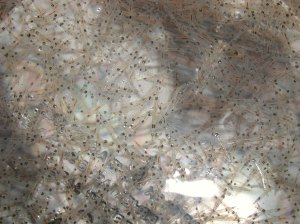




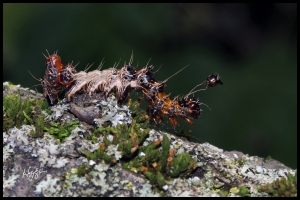
 How to write and publish a scientific paper 6th ed.
How to write and publish a scientific paper 6th ed.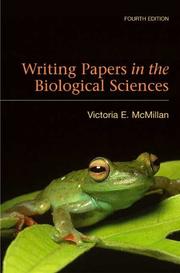 Writing Papers in the Biological Sciences 5th ed.
Writing Papers in the Biological Sciences 5th ed.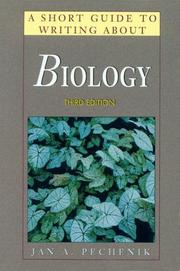 A Short Guide to Writing about Biology 7th ed.
A Short Guide to Writing about Biology 7th ed.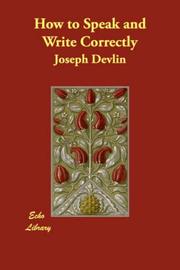 How to Speak and Write Correctly
How to Speak and Write Correctly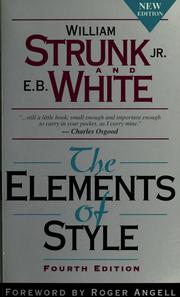 The Elements of Style 4th ed.
The Elements of Style 4th ed.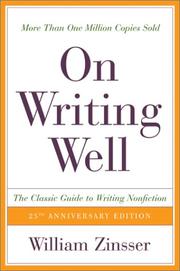 On writing well
On writing well On Writing
On Writing